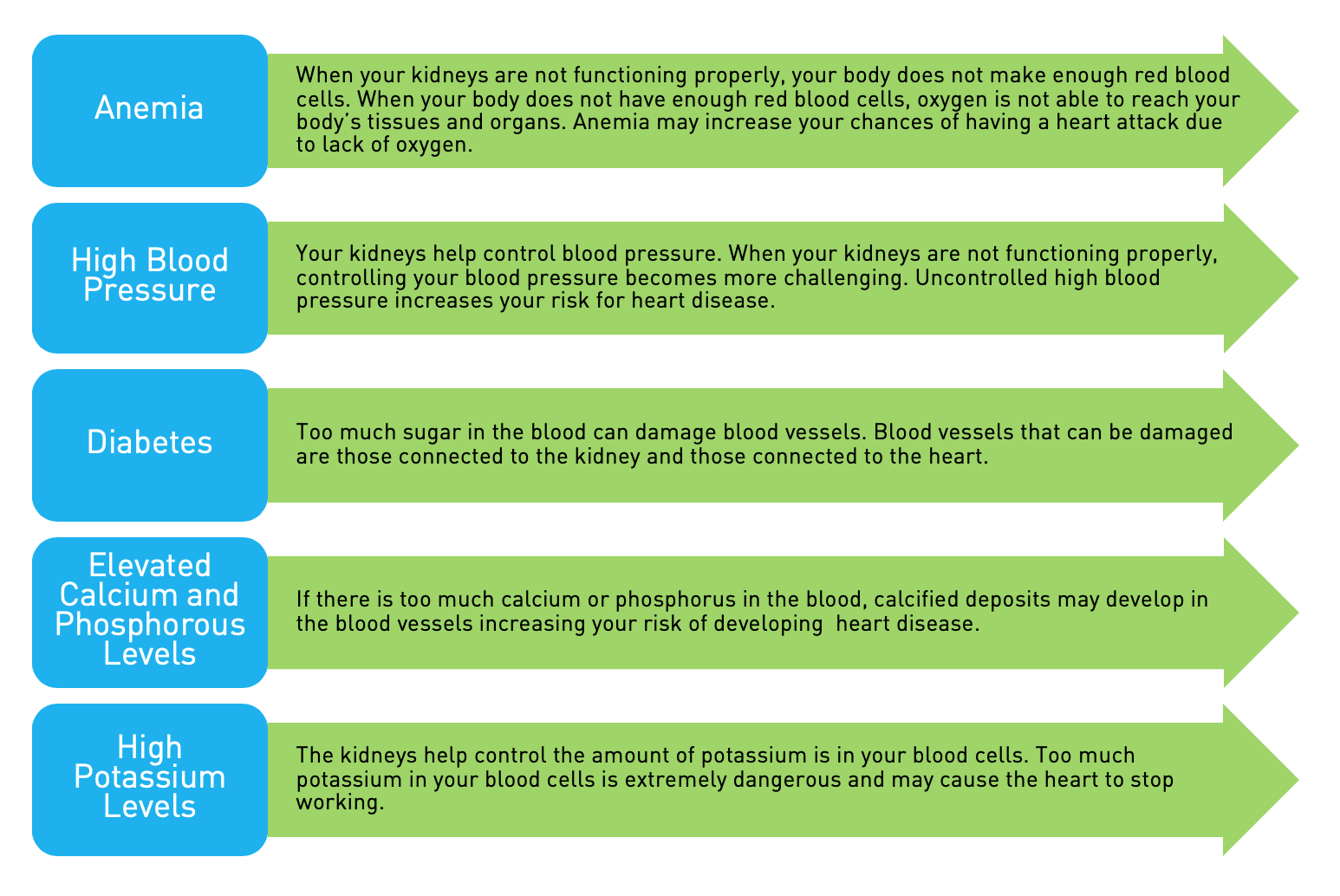 Have you ever heard your doctor or nurse talk about home hemodialysis, or HHD? If you need to start or are currently on dialysis but would like to be doing it at home, this could be a possibility for you. HHD offers possibly the best quality dialysis a person can get, along with many other benefits. However, it also requires a great deal of commitment from the patient as well as a partner who trains with the patient to learn this form of dialysis.
Have you ever heard your doctor or nurse talk about home hemodialysis, or HHD? If you need to start or are currently on dialysis but would like to be doing it at home, this could be a possibility for you. HHD offers possibly the best quality dialysis a person can get, along with many other benefits. However, it also requires a great deal of commitment from the patient as well as a partner who trains with the patient to learn this form of dialysis.
HHD requires no less than four weeks of training to learn everything, although I have heard some patients say they’ve completed the training in less time. This length of training is necessary for both the patient and the partner to learn all the proper procedures for performing a treatment and to know all the steps necessary if something were to go wrong and what to do. During all of this training, you will likely get your treatments at the same time. It is very important that both patient and partner be very comfortable performing a treatment before going home, where a nurse will no longer be present should a problem arise.
In the first week of training, the focus is mostly on orientation of what is expected of the patient and partner. Trust and commitment must be a priority here for the patient and partner, as well as the nurse that trains you. Setting up for a treatment is also one of the first things taught during this week. If time permits, you may start to learn some of the more common alarms you will see during a treatment and will learn to troubleshoot these. Troubleshooting alarms is something the partner especially needs to know.
In the second week, you will start or continue to learn the various alarms and how to troubleshoot them. Your nurse will also begin reviewing the theories and concepts behind home hemodialysis. This will likely require a bit of reading from you and your partner. At the end of each section of reading, you may be required to take a short quiz. This will help your nurse know if you understand what you read. Additionally, your nurse may start having your partner take a more active role in starting and stopping treatment. This involves connecting your lines to start treatment and also stopping treatment, returning your blood, and disconnecting lines. For those that have a fistula or graft, it is also likely that your partner will need to help with removing your access needles.
In the third week, training can get a little more serious. Your nurse may want to demonstrate some of the common alarms during your treatment. This will allow both you and your partner to see firsthand what will happen and how to respond. You may also be taught at this time how to perform an emergency disconnect, a manual disconnect, and a temporary disconnect with blood recirculation. The first two will obviously be “in case of an emergency” when you need to leave where you are right away. Depending on how fast you need to leave or whether you still have power to your machine will help you know which type of disconnect to perform. The temporary disconnect can be used when trying to resolve problems like air in the line. Your nurse will explain each to you and how/when to perform them. Further, you will continue to learn and review more theory on HHD in this week.
Over the last week(s), you and your partner will finish up all the lessons on HHD and take a test to show if you have learned everything necessary to do your dialysis therapy at home. Your nurse will likely start to take a step back during the treatment process and let you and your partner begin to do it all. She may watch but won’t help unless needed, or she may step out of the room but can still be called back if needed. This is important in order to build confidence in you and your partner. Furthermore, if you have a fistula or graft, either you or your partner will need to know how to cannulate, or stick your access. Your nurse should be able to instruct you on how to do this. If you learn how to cannulate, it should be even easier since you can feel both what is happening inside the access and outside when sticking it with a needle. When all of this is done, you and your partner should be able to do everything on your own without assistance.
I recently finished this training at a DaVita Inc. unit and am now doing treatments at home. I can say from experience that it seems like a lot at first, but it does get much easier as time goes on. I also stick my own fistula, and it is much easier than I first thought it would be. It does not hurt nearly at all, certainly nothing like anything you may have seen in a dialysis unit. This is because I am doing the sticking every time instead of a different person with every treatment.
Brian Hess is a home hemodialysis patient from Oklahoma. Hess started dialysis treatment at age 10. He has since had two kidney transplants, and was a peritoneal dialysis patient. Hess is a member of the ESRD Network Patient Access Committee and author of Kidney Failure Won’t Stop Me, an informative guide on the therapy options available to patients and what to expect when starting dialysis.
























